Team:SUSTC-Shenzhen/Human Practice
From 2014.igem.org
(→Team Communications) |
(→With SZU-China) |
||
| Line 72: | Line 72: | ||
In our communications with SZU-China in July, we gave them several suggestions such as involving suicide system in the circuit design to enhance safety. Since it’s their first time to attend iGEM, we shared the experience about team building and registering and helped them to get familiar with metal requirements. <br> | In our communications with SZU-China in July, we gave them several suggestions such as involving suicide system in the circuit design to enhance safety. Since it’s their first time to attend iGEM, we shared the experience about team building and registering and helped them to get familiar with metal requirements. <br> | ||
We consulted them how to use of flow cytometry and freeze-dry machine.<br> | We consulted them how to use of flow cytometry and freeze-dry machine.<br> | ||
| - | [[https://2014.igem.org/Team: | + | [[https://2014.igem.org/Team:SZU-China/Project/Collaboration|Click here for detailed information]] |
===With SJTU-Software=== | ===With SJTU-Software=== | ||
Revision as of 01:14, 18 October 2014
Human Practice
Doing research with social responsibilities
Contents |
Drawing Contest
If I Were the Creator is a drawing contest we held this year. Considering the most unrestricted minds would be children’s, this contest is mainly for the primary school and kindergarten students. For a very long time, the Chinese students are said to be lack of imagination and creation. We attempt to break down this stereotype by giving them the freedom to design creatures that they like and providing them a platform to show their masterpieces.
We contacted primary schools and kindergartens in Shenzhen. The teachers and students showed great enthusiasm for this contest. We received 225 pieces of drawing within one month. Almost every teacher we contacted showed great interest in having this kind of cooperation next time.
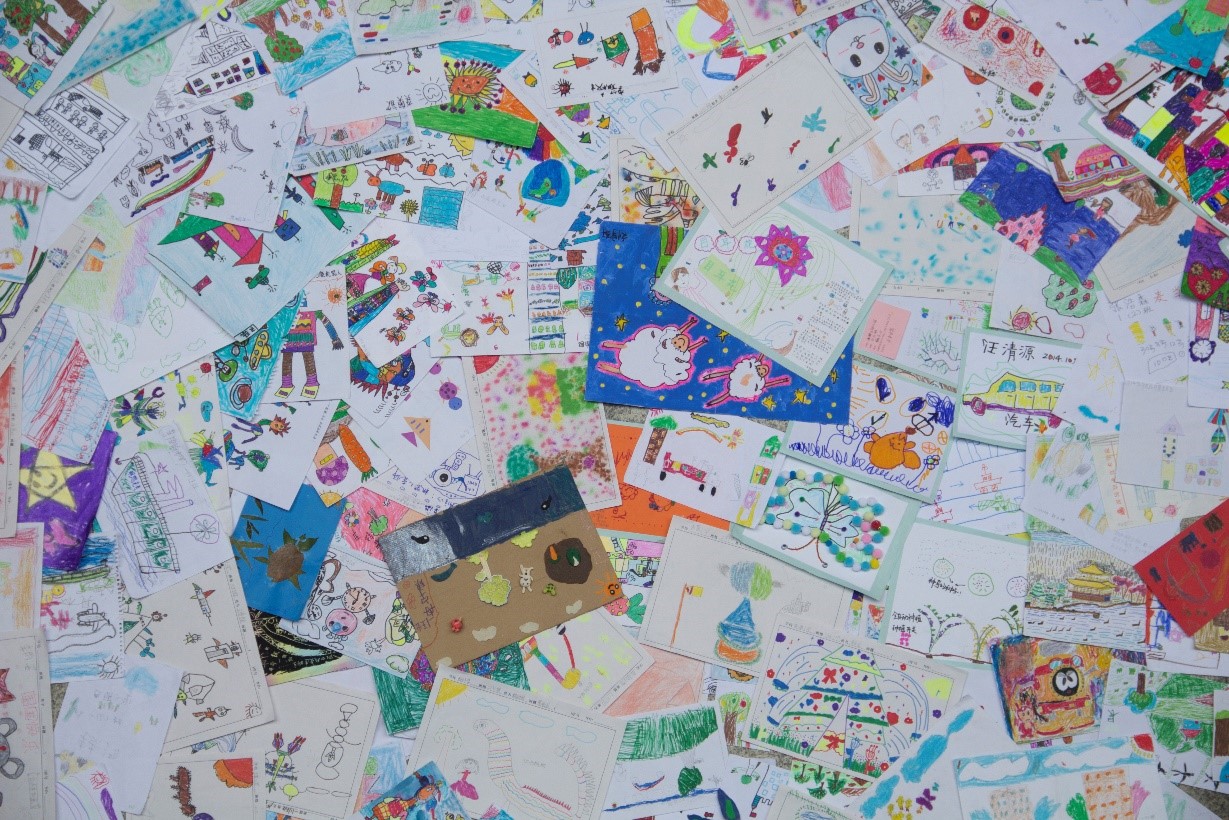
Survey
We designed an online survey to evaluate stigma and discrimination to HIV/AIDS. We also put questions about gene treatment in it. We collected 2211 answers in about one month. And here are some important conclusions we draw from the statistics collected.
- We should enhance the education of detailed basic knowledge besides the transmitting pathways for the primary school and middle school;
- The knowledge about HIV transmitting should be most emphasized among the old
- Most of the respondents express that they can accept the foreign gene introduced to their body and would like to try the gene therapy.
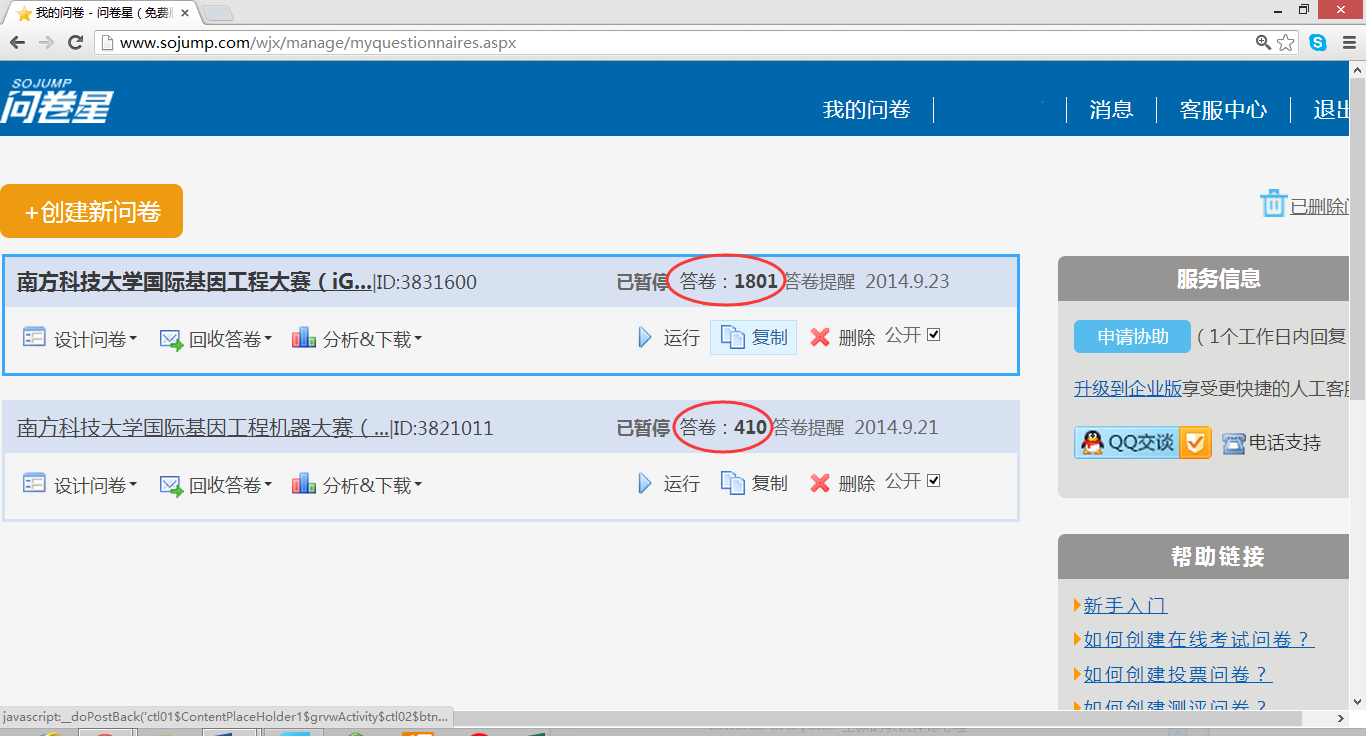
AIDS Ice Bucket Challenge
When we were doing our project in summer vacation, we also noticed viral spreading of Ice Bucket Challenge. This activity intends to promote awareness of the disease amyotrophic lateral sclerosis (ALS). We also want to arose people’s awareness of HIV/AIDS and promote them to learn more about this disease. And we also desired to show the world what our project is in an easy way. So we created Aides Ice Bucket Challenge.
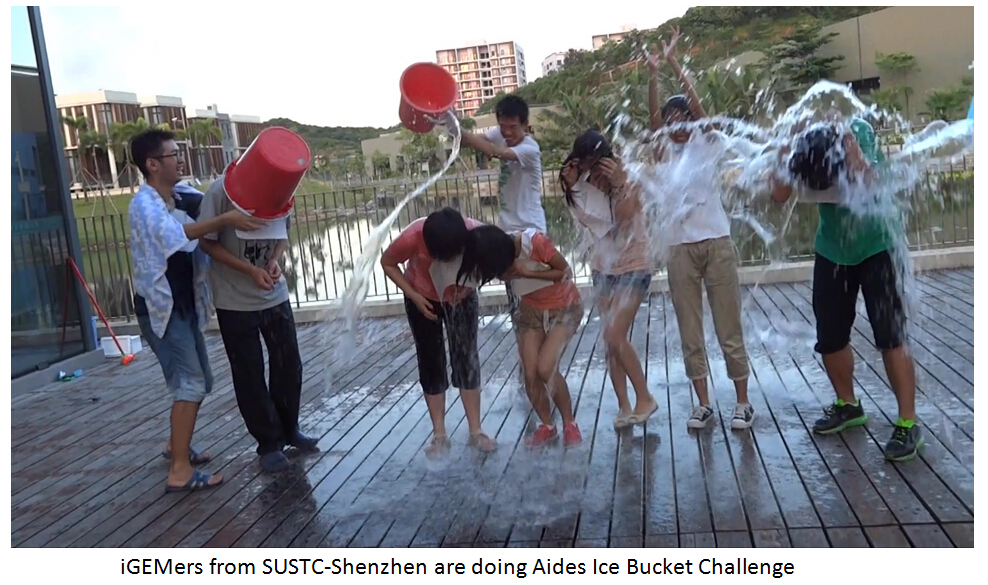
Consultation
Inner-school iGEM Meetup
We held an inner-school meet up for the freshmen in SUSTC on 20th September. It’s a two-year tradition and we put up a series of propaganda posters a week before.
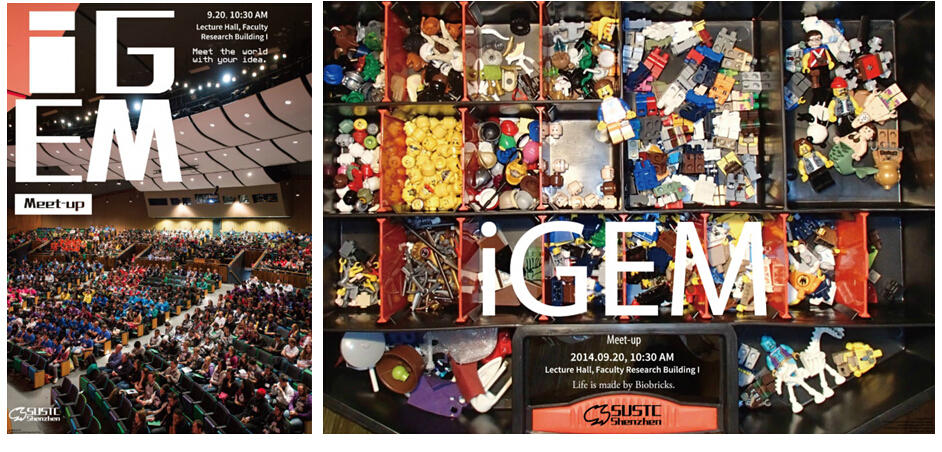
There were about 100 new students (taking up over one quarter of total freshmen) coming to our meet up that day. All team members were at present to welcome them. We made a presentation to introduce synthetic biology, iGEM and our project to them and we also told them that we would be very glad if we could get help from them in Human Practice.
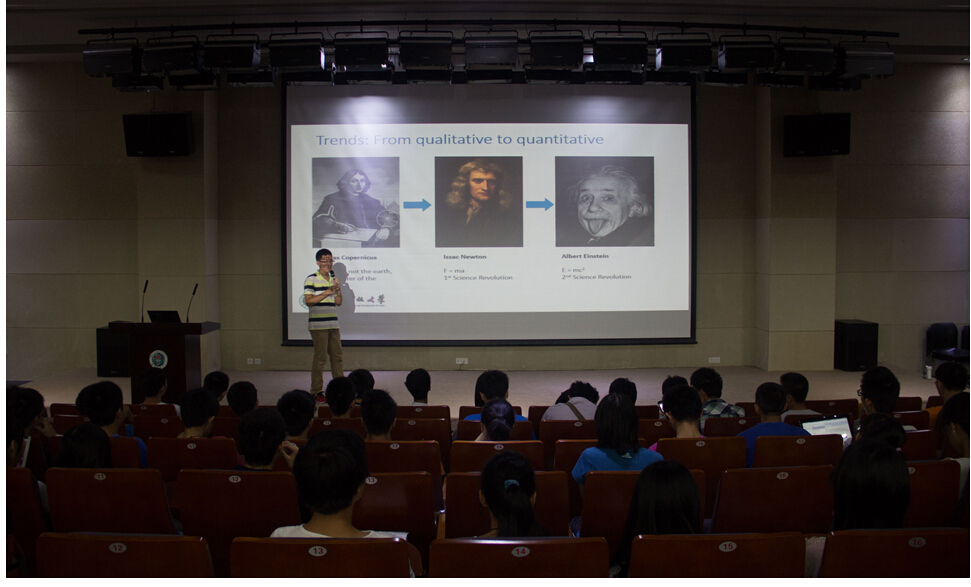
It’s the first time for most of them to know such terms like biobricks, CAS9, guide RNA and so on. They listened carefully and. After the presentation, many students showed great curiosity and interest. They asked us many questions and we answered them in detail.
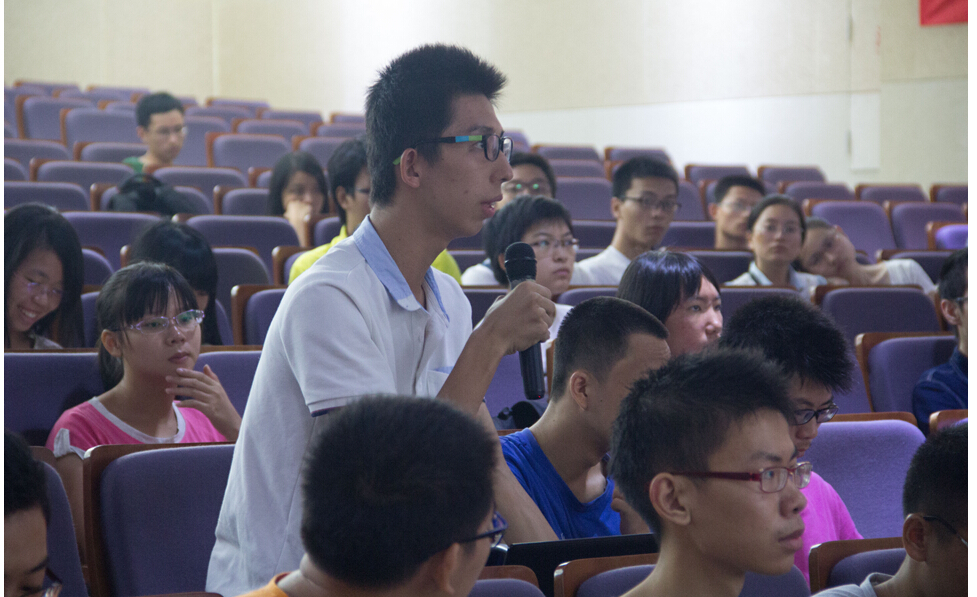
After the meet up, many students stayed and asked for opportunities to join the iGEM team next year. There are two enthusiastic freshmen help us with human practice as volunteers.
Team Communications
Team Cooperation
With SZU-China
In our communications with SZU-China in July, we gave them several suggestions such as involving suicide system in the circuit design to enhance safety. Since it’s their first time to attend iGEM, we shared the experience about team building and registering and helped them to get familiar with metal requirements.
We consulted them how to use of flow cytometry and freeze-dry machine.
[here for detailed information]
With SJTU-Software
We helped SJTU-Software to test their software, recorded the testing video and took the photos. And we also gave the suggestions as following:
a.Improve server response speed;
b.Add log output;
c.Grateful Shutdown and Exception Handling;
d.Use native code in GUI components, which should be significantly faster and more flexible in comparison to Swing;
[here for detailed information]
 "
"